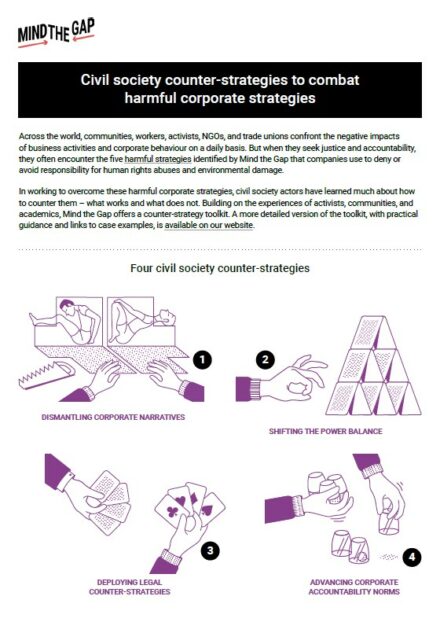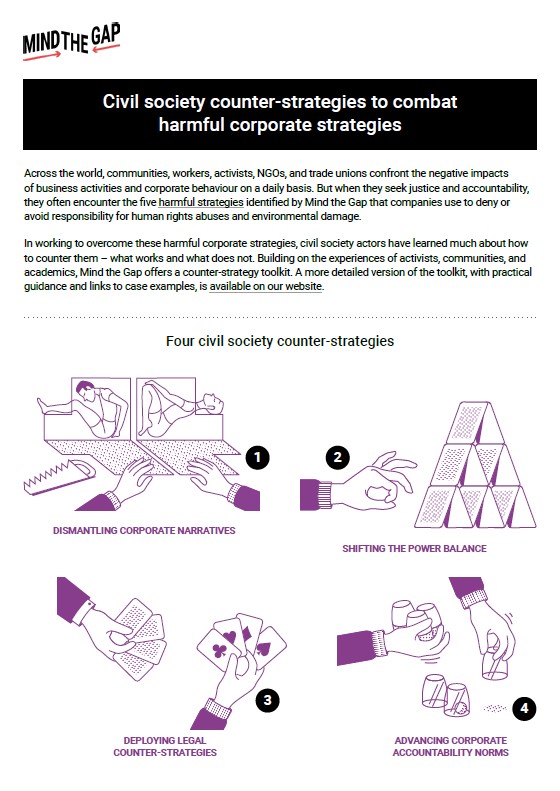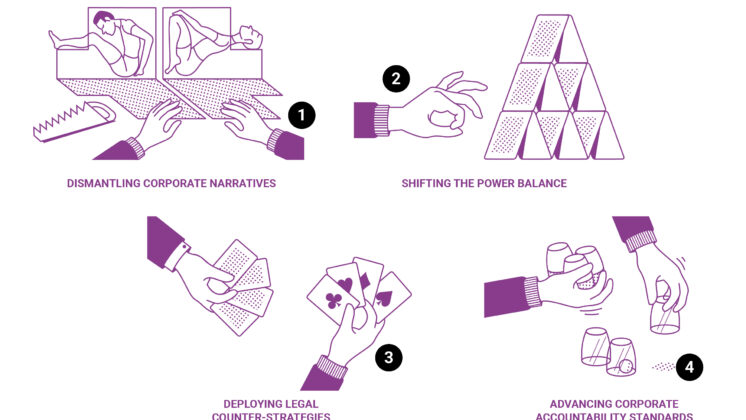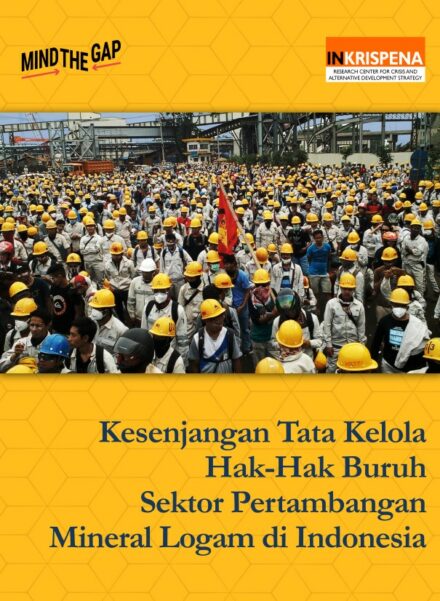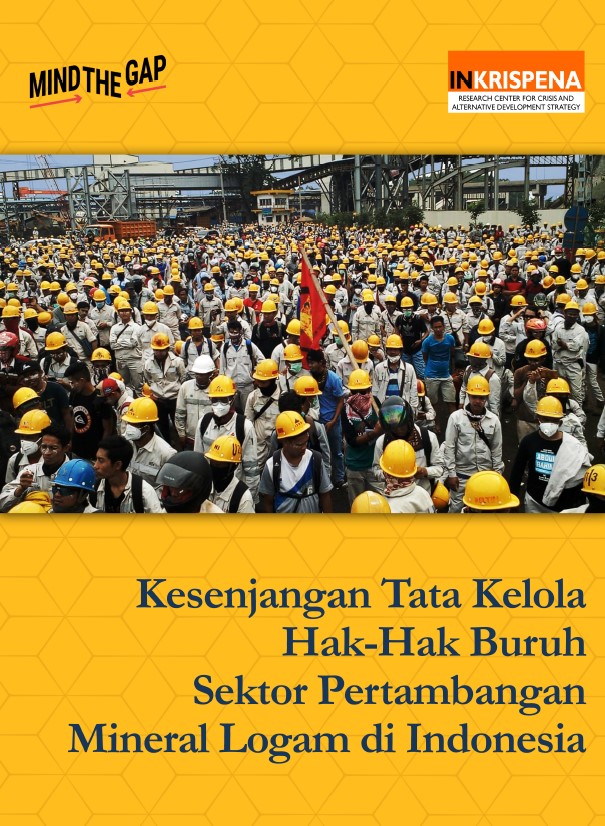Companies may choose not to recruit or employ workers directly, but instead to outsource the recruitment and/or employment of workers through other companies. Corporate clients of these recruitment and employment services can then distance themselves from the adverse impacts of the recruitment process, while benefiting from the significantly cheaper labour they provide.
CASE STUDY: Who is responsible for forced labour conditions in construction work for World Cup 2022?
These days many workers are either not directly recruited or employed by the company they work for. When companies choose to outsource recruitment and employment functions for efficiency reasons, companies thereby also distance themselves from (potential) malpractices by intermediary agents. Increased ambiguity over who is responsible or liable for harms that have occurred in the course of recruitment or employment makes it increasingly difficult for workers to claim their rights of protection or redress.
Outsourcing of worker recruitment to agencies has aggravated forced labour along supply chains, as the use of intermediary recruitment firms has facilitated the transfer of the cost of recruitment from employers to workers.[1] Intermediary agents sometimes recruit workers under false pretenses, but with limited other employment opportunities, workers then settle with sub-standard working conditions. Migrant workers are particularly vulnerable to becoming trapped in these types of situations or even in a situation of debt bondage when they need to loan and subsequently pay off recruitment fees in order to secure employment.[2]
In high-income countries, the outsourcing of recruitment and employment to other companies has been responsible for increasing the precariousness of working conditions for recruited workers and even for a general reduction in wages paid to these workers.[3] Other adverse impacts on the labour rights of outsourced workers include the following: these workers risk having less of a voice in the workplace than directly employed workers; they may find it harder to join a union; and they risk being excluded from collective bargaining about the conditions that apply to their work.[4]
[1] Gordon, Jennifer. “Global Labour Recruitment in a Supply Chain Context.” Fair recruitment initiative, International Labour Organization, 2015. https://www.ilo.org/wcmsp5/groups/public/—dgreports/—dcomm/documents/publication/wcms_377805.pdf
[2] International Labour Organization. “Forced Labour: Deceptive Recruitment and Coercion,” (accessed May 14, 2020. https://www.ilo.org/infostories/en-GB/Stories/Forced-Labour/Deceptive-Recruitment-and-Coercion#introduction-deceptive-recruitment-and-coercion; Institute for Human Rights and Business, “Migrant Worker Recruitment Fees: The Increasing Debt Burden,” https://www.ihrb.org/uploads/member-uploads/Migrant_Worker_Recruitment_Fees_-_The_Increasing_Debt_Burden.pdf (accessed November 11, 2019).
[3] Finance and Administration Committee, 55th Parliament of Queensland, Inquiry into the practices of the labour hire industry in Queensland: Report No. 25 (Brisbane: Finance and Administration Committee, 55th Parliament of Queensland , 2016), 65., https://www.parliament.qld.gov.au/documents/tableOffice/TabledPapers/2016/5516T1028.pdf (accessed November 11, 2019); McGauran, Katrin. “The Impact of Letterbox-type Practices on Labour Rights and Public Revenue.” European Trade Union Confederation (ETUC) & Centre for Research on Multinational Corporations (SOMO), June 2016. https://network.somo.nl/wp-content/uploads/2016/10/ETUC-report-annex-1.pdf (accessed July 4, 2020)
[4] Finance and Administration Committee, 55th Parliament of Queensland.





